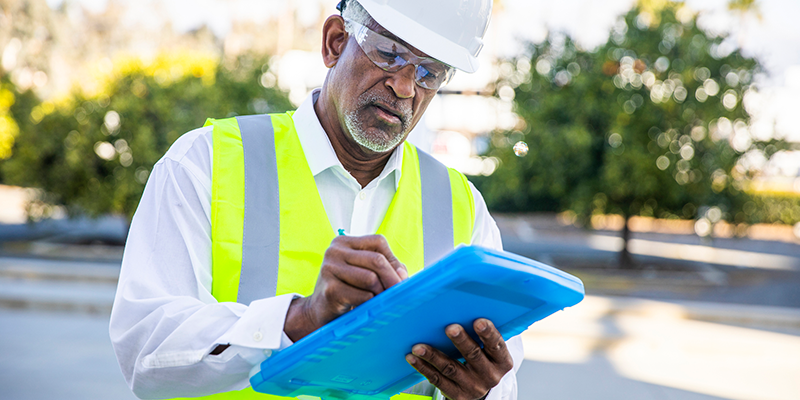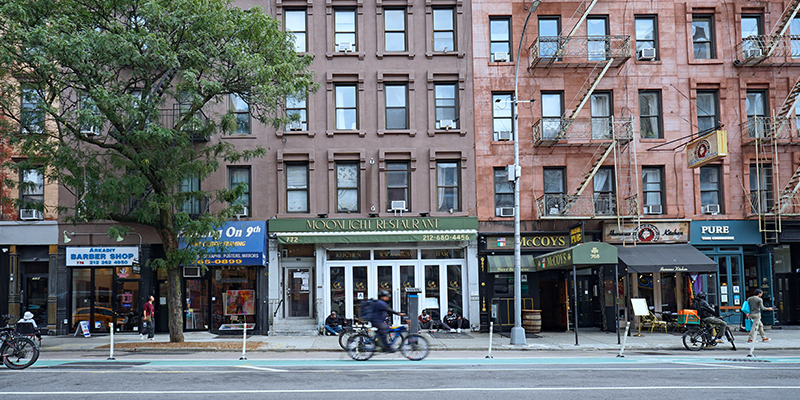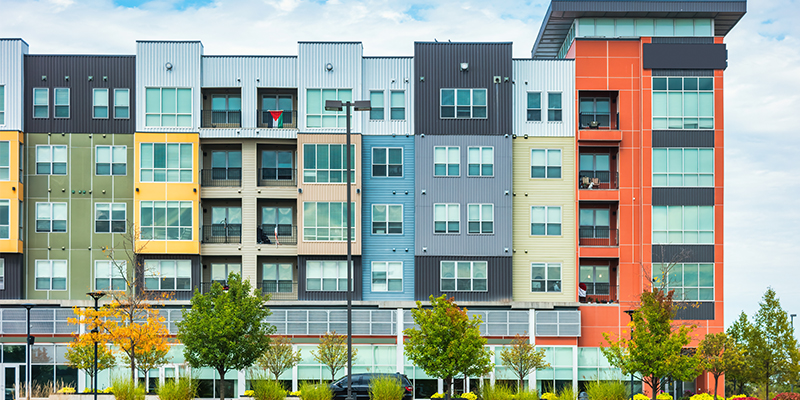Although this year’s I.CON West conference is taking place in California, much of the due diligence session applies to the rest of the country. In all aspects of due diligence, the goal is the same: How do we get the project for our investors through the approval cycle with the least risk, time and expense?
In a panel session, four experts discussed slightly different aspects of due diligence practices (political; biological and resource; California Environmental Quality Act, if applicable; and site selection). Still, the take-home consensus was how properly executed due diligence can give the developer leverage with the growing number of naysayers in cities, counties and states across the United States.
How do commercial real estate leaders work through increasingly difficult objections to building and growth? Say it doesn’t cost money to mitigate the challenges to the project and each due diligence – it can still push the timeline and invite more “bounty hunters” (those seeking to derail the project and exact a gatekeeper fee for stepping aside). It’s not worth it to some folks, while others with a higher risk tolerance might be willing to forgo the due diligence. It’s a risk.
Tracy Zinn, president and CEO, T&B Planning, had two recommendations for beginners just starting in their careers. For their first exciting, large-scale project, she suggests establishing a trusted team of consultants that can handle the legal aspects of the project, the deal structure, the agencies, and governments, etc., and within that group, seeking honesty. Find the people who will tell you what you need to hear, not what you want to hear.
CEQA (California Environmental Quality Act) Due Diligence
The due diligence is onerous for CEQA (California Environmental Quality Act). From their website: “CEQA requires public agencies to “look before they leap” and consider the environmental consequences of their discretionary actions. CEQA is intended to inform government decisionmakers and the public about the potential environmental effects of proposed activities and to prevent significant, avoidable environmental damage.”
The paperwork needed requires expertise to get through unscathed. Add EIR (Environmental Impact Reports), MMD (Multimodal Mobility Dashboard), and VMT (Vehicle Miles Traveled) reports, and others, and people can see how difficult it is to go from “I want to build this” to “Look, it’s done!”
Political Due Diligence
Greg Devereaux, principal with Worthington Associates, got a laugh when he said all cities are not equal. Each city council has a unique agenda. Across the county, one member of that council has different needs than their colleagues. Some seek reelection and have vastly distinct constituents from their associates. Some want growth. Some see the need for increased tax revenues through increased business activity in their towns. Others want nature protected, clean air, lots of parks, and no new traffic lights. Greg recommends that political due diligence be done to know the community where the project will be built. Are they friendly? Do they want a new ice-skating rink, warehouse, or Amazon fulfillment center? Starting any one of these without the community’s support is bound to fail. Some people miss this step.
Biological and Resource Due Diligence
Haseeb Quereshi, principal with Urban Crossroads, mentioned how greenhouse gas and air quality effects are being studied for new projects. With each additional agency hurdle, more complexity and challenges seek to derail projects and their developers. Teams of consultants are learning that some agencies have different thresholds for compliance. Some better agencies have Climate Action Plans built into their air quality control regulations, which help define and surround the issue.
Siting Due Diligence
Jim Camp, senior managing director, Rockefeller Group, emphasized the importance of picking the right site early. More than any other mistake, this single decision can derail a project right away… almost invoking the fail-fast mentality that breaks hearts as it saves money. Will the exciting shopping mall cut through a waterway? Will it require truck deliveries that need access through an established tree-lined neighborhood with two schools and a senior center? Google Earth is your friend.
In closing, session moderator John Condas, partner, Allen Matkins, cited a growing “anti-warehouse” sentiment sweeping across America. Developing commercial real estate in our cities today has many more objections than in the past. From the environment, crowding, traffic, and agencies upon agencies seeking to solve all of these “problems” at once, the hurdles mount. What’s the answer?
The answer is due diligence. The sooner your project manager finds the right team to plow through the CEQA (or its equivalent in your state), plus political, biological and siting due diligences, and any others at the state, county, or local level in your region, the better you will manage and the more successful you will be in building your dream.
By paying early attention to all aspects of due diligence (and conducting extensive advanced analysis and forethought), projects can be completed on time and under budget – with no surprises.

This post is brought to you by JLL, the social media and conference blog sponsor of NAIOP’s I.CON West 2024. Learn more about JLL at www.us.jll.com or www.jll.ca.








